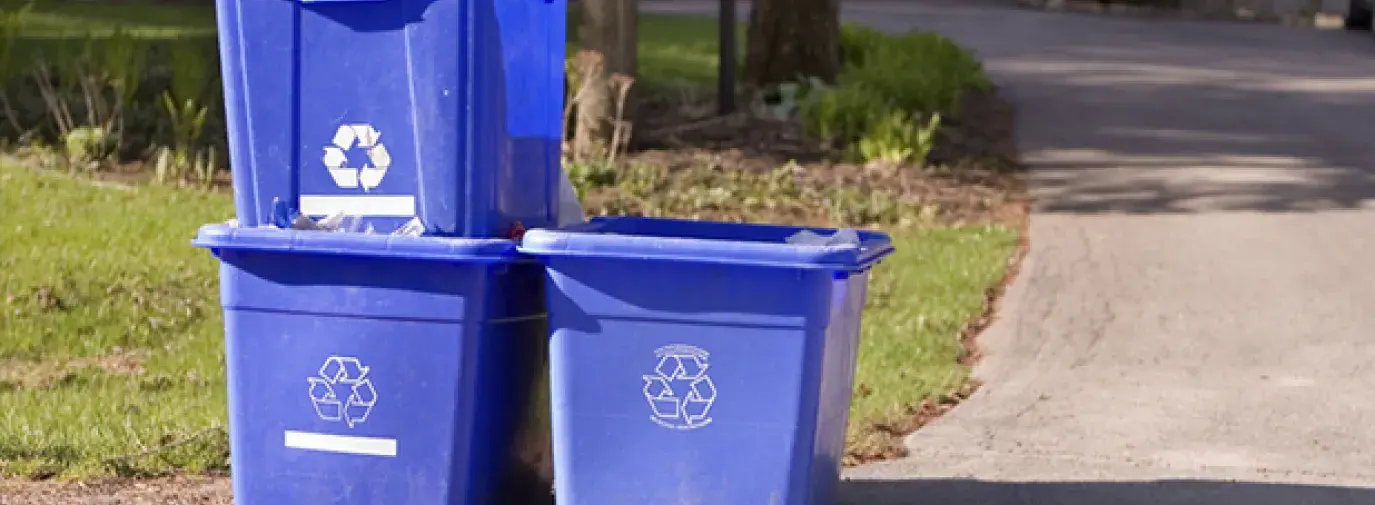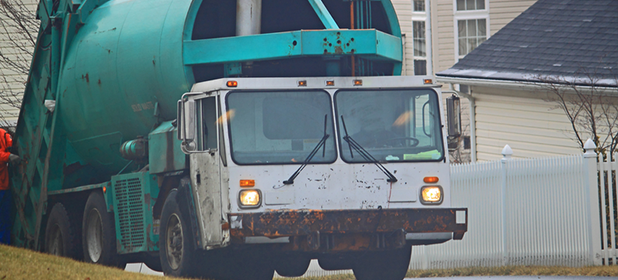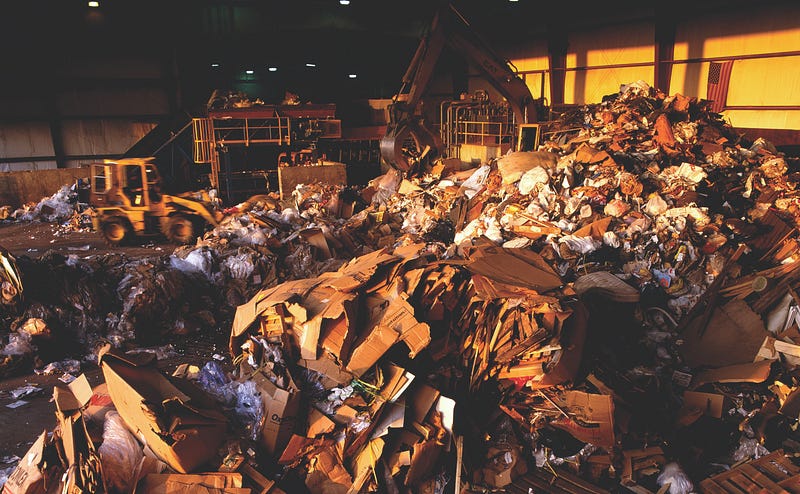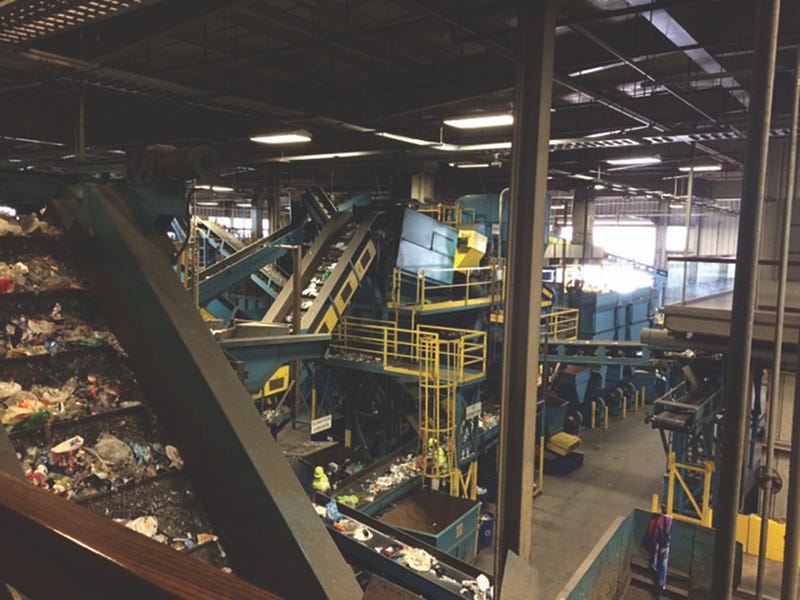
In an effort to boost recycling participation, cities and towns across the country have introduced single-stream recycling, where people simply dump all of their recyclables into one bin, and the waste management company collects and sorts them, sending them off to other facilities for recycling.
Public participation has increased due to the ease of single-stream bins, but the chances for contamination have skyrocketed. Reducing contamination is critical to making our recycling system effective and sustainable.
Unfortunately, contamination can occur anywhere in the recycling journey: Broken glass and food or liquid residues can ruin paper bales. Likewise, the wrong types of plastic and food/liquid residues can spoil plastic bales. These items then become non-recyclable and likely to end up in landfills or incinerators, or they may be sold to countries with lower contamination standards.
Follow the journey of your recyclables in a single-stream system to see how and where they might be contaminated and rendered unfit to recycle.
Your curbside bin is where you have the most control over reducing contamination (click the image to see our 9 steps for how to help). Toss in a coated paper receipt or #5 plastic bottle, a dirty aluminum can, or a handful of broken glass, and you can contaminate entire batches of recycling.

Waste management trucks scoop up your recyclables, where they remain commingled and are tossed in with all your neighbor’s bin contents. Glass may break, posing risk to recycling workers, and food and liquid residue can ruin batches of recyclables.

The materials then arrive at a waste transfer station if you live in a larger city, which is like a pit stop for waste to be sorted into what goes to a landfill and what can be taken to a composting or recycling facility (depending on what your community offers.) Transfer stations offer another opportunity for glass to break or food and liquid to contaminate paper.

At last, the recyclables arrive at a materials recovery facility (MRF), where they are pre-sorted by hand. Mechanized screens separate items by weight and shape, and powerful magnets sort aluminum out. Each type of recyclable is packaged into bales, which are sent on to facilities specializing in recycling those particular materials. These facilities are where the contamination occurring at any point on the recycling journey takes effect. Broken glass may make its way into paper or plastic bales, making them unfit to recycle. And food or liquid can spoil entire bales of paper.
Mainstream waste-management companies will often landfill or incinerate dirty glass or plastic, as well as contaminated bales of recycling.
It’s up to us to maximize recycling. Wash and dry your recyclables and don’t “wish-cycle”!







